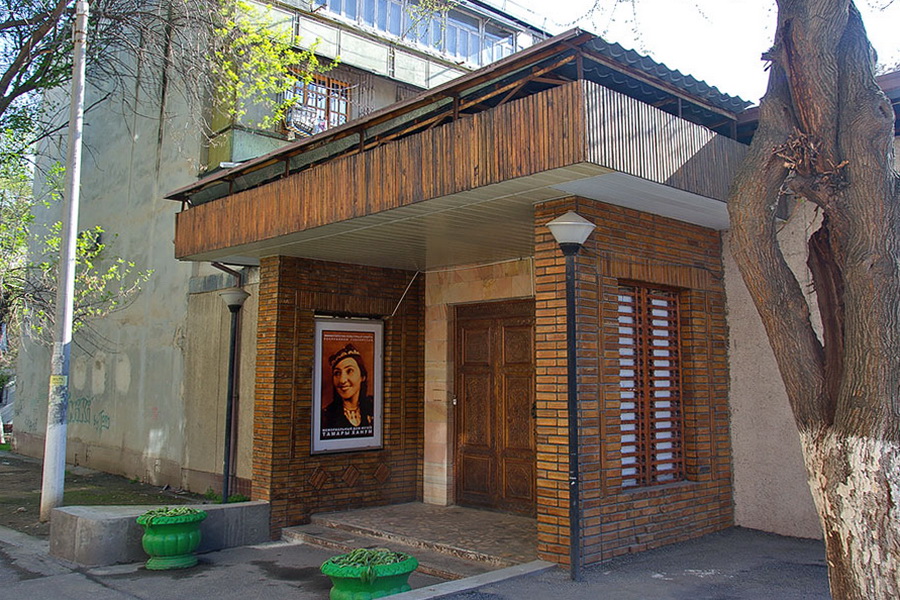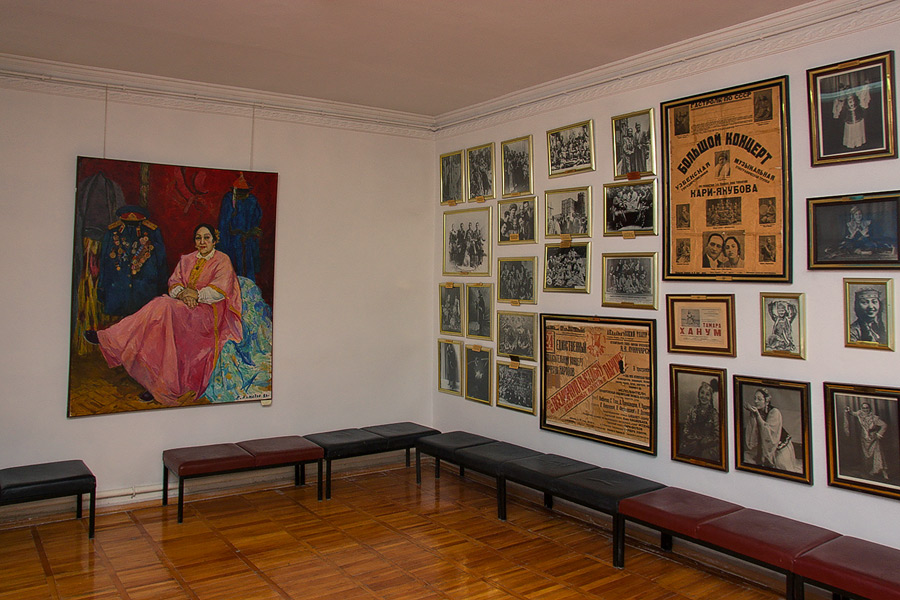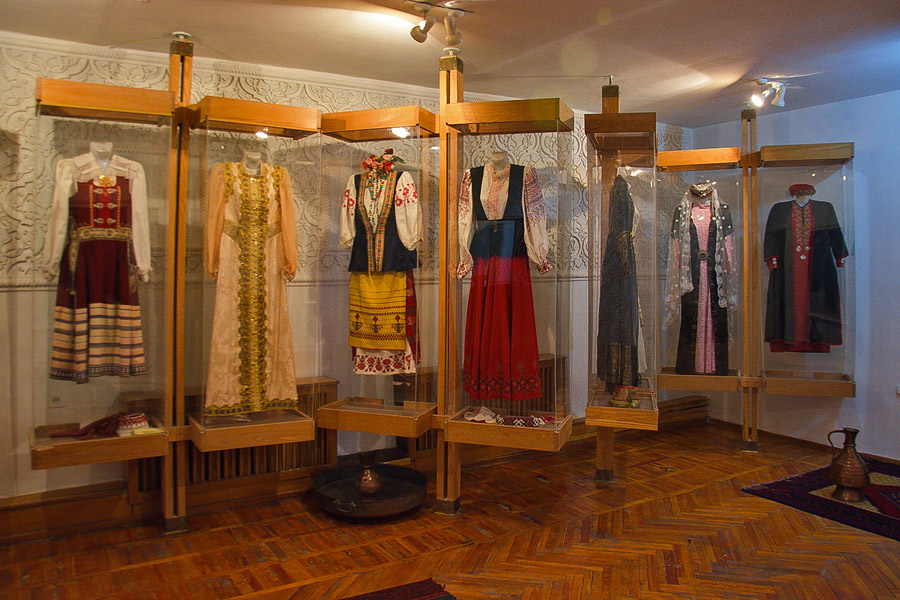Memorial House Museum of Tamara Khanum, Tashkent

Address: 1/41, Tamara Khanum str., Mirzo Ulugbek district
Telephone: (99871) 267 86 90
Open hours: 10:00AM-05:00PM
Days off: Saturday, Sunday
Hidden in the center of Tashkent, not far from a vibrant road behind residential houses and business centers, there is a museum, dedicated to one of the outstanding women of Uzbekistan – Tamara Khanum. The house museum, found in the street named after this great singer and dancer, is the place, where she spent the last years of her life.
Tamara Khanum was born in 1906 in Fergana Valley. Her real family name is Petrosyan, she is an Armenian by origin. All her biography is steeped in love of stage, where she first appeared at the age of 13. She graduated from Moscow theater school in 1925, and around at the same time, she began her active concert activity: she appeared in Paris and other European cities, and contributed much to opening of musical-drama theaters in different Uzbek cities, kept correspondence with world’s art workers.

At the age of 30, Tamara Khanum became a soloist of the Uzbek Philharmonic and was actively engaged in the reform of Uzbek national dance. However, the world-wide fame came to her due to her collecting of dance and song folklore of different nations. She could learn a folk song and dance from any country for a few days, and then perform them as though she came from there. Thanks to her concerts in different countries she had her own collection of national dresses, included today into the Tamara Khanum museum exposition. There you can see Slavonic dresses, Chinese and other Asian costumes and even an Egyptian dress.
In addition, Tamara Khanum gave concerts at the fronts of the Great Patriotic War of 1941-1945, and donated money to production of military equipment. That is why she was awarded a rank of captain of the Soviet Army for merit to the Fatherland. Her career continued for many years and lasted till 1980-s. Tamara Khanum died in Tashkent in 1991. The opening of the house museum in her honor took place three years after her death.

The first museum exposition, which included her collection of dresses of different nations, appeared when Tamara Khanum was still alive. These amazing onstage dresses formed the exposition basis. Along with that, you can see interior designs of parlors of the house museum, collection of photographs and psoters, audio tapes and manuscripts of the singer’s poems, Tamara Khanum portraits, painted by Uzbek artists and so on. Looking at her career, which lasted more than 60 years, we can state that she devoted her life to worship to the art, having become a true symbol of Uzbek folk dance.



